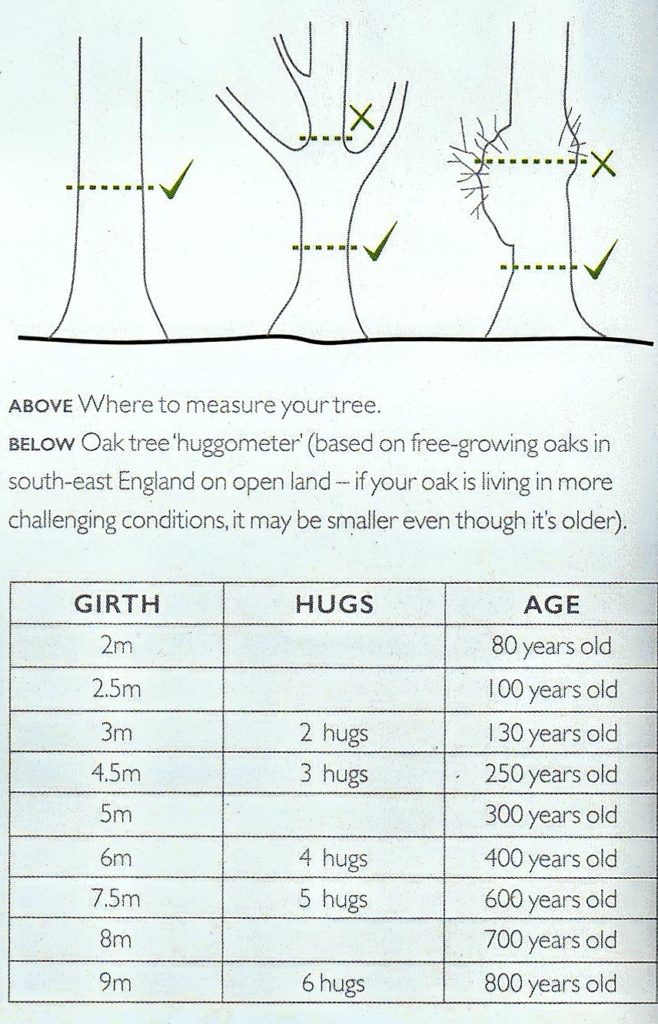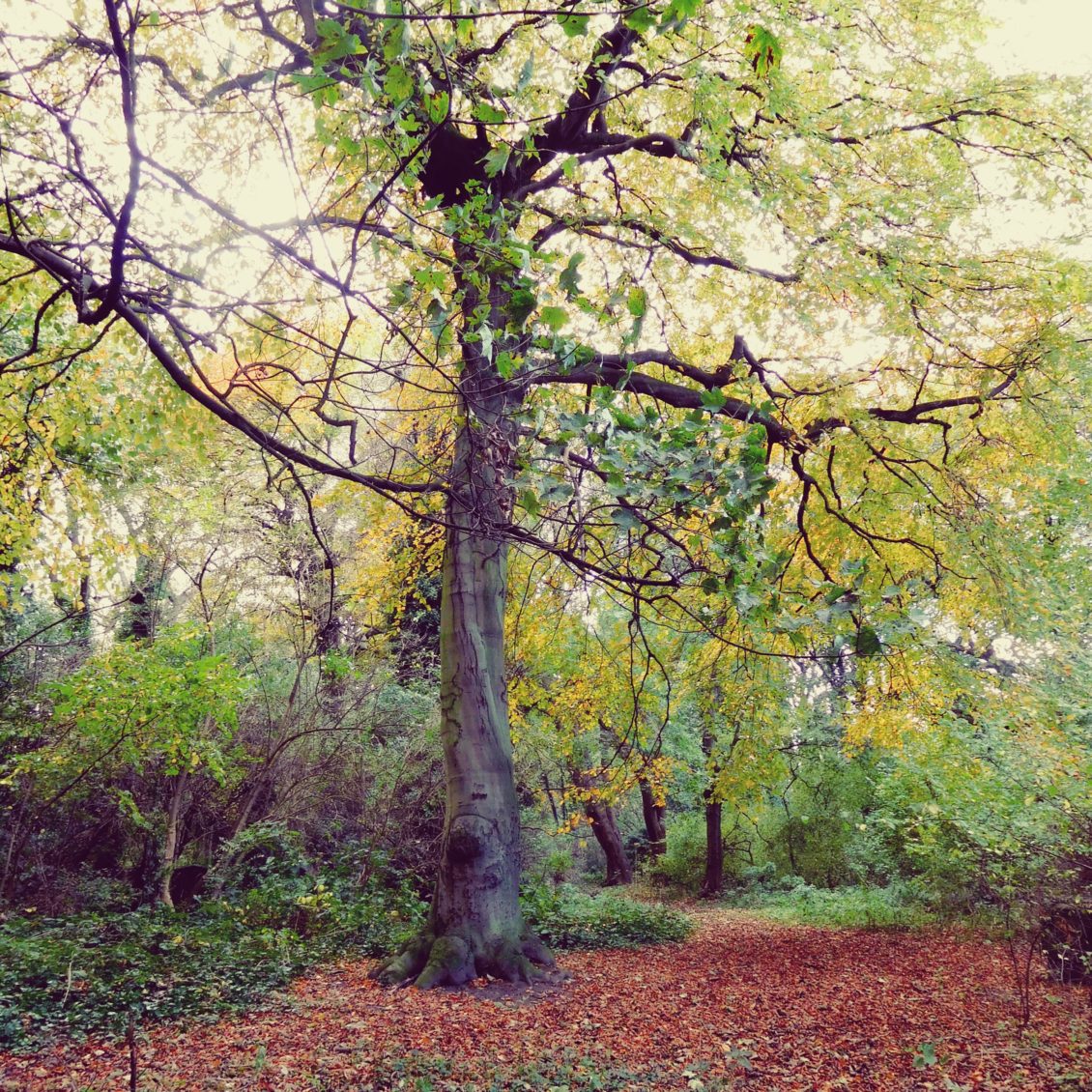Tree hugging gets a bad name. It’s used as pejorative term to denote people who are not on speaking terms with reality. As my mother would have said, ‘away with the fairies’. This was usually when she was talking about me.
Moving on.
However, in some cases, it can be a useful tool to estimate the age of a tree. The item below is taken from a book, ‘Hidden Histories: A Spotter’s Guide to the British Landscape’ by Mary-Ann Ochota. It was published in 2016. It’s worth buying.
As Mary-Ann says in her introduction,
‘When you look at the British landscape, you don’t just see the new, the now: you also see the traces of what came before – in the shape of a field, the wall of a cottage, a standing stone or churchyard.’
In essence, history is all around us and its up to us to read it. In terms of the cemetery the easy bits to read are the headstones.
Tree hugging
Other things are a little more tricky. And here we come to the trees. Some of the trees in the cemetery are probably remnants of the original plantings when the cemetery was laid out in 1847. Now that’s close on 200 years old. That’s a decent age. Only long lived species will have survived that length of time. So Oaks, Limes, Ash, Horse Chestnut and maybe Whitebeams are the likely survivors of the original planting.
The ubiquitous Sycamore that swamps the cemetery now is almost certainly not an original planting. Indeed it’s doubtful it was planted at all but invaded from outside. The Silver Birches that were originally planted will have died by now as their life spans are almost comparable to humans. The Yew in the Quaker Burial Ground would not have been planted until 1855 at the earliest. So that one’s easy to date.
But here’s a fun way to gauge the age of some of the trees in the cemetery.

As Mary-Ann says, this could be fun, especially with children. Once the foliage dies down and it gets easier to get to some of the trees, why not try it? Half term might be a good time.
Here’s a handy chart to help you with an Oak. You won’t be far off with other trees using this guide. Good hunting.


Pete Lowden is a member of the Friends of Hull General Cemetery committee which is committed to reclaiming the cemetery and returning it back to a community resource.

